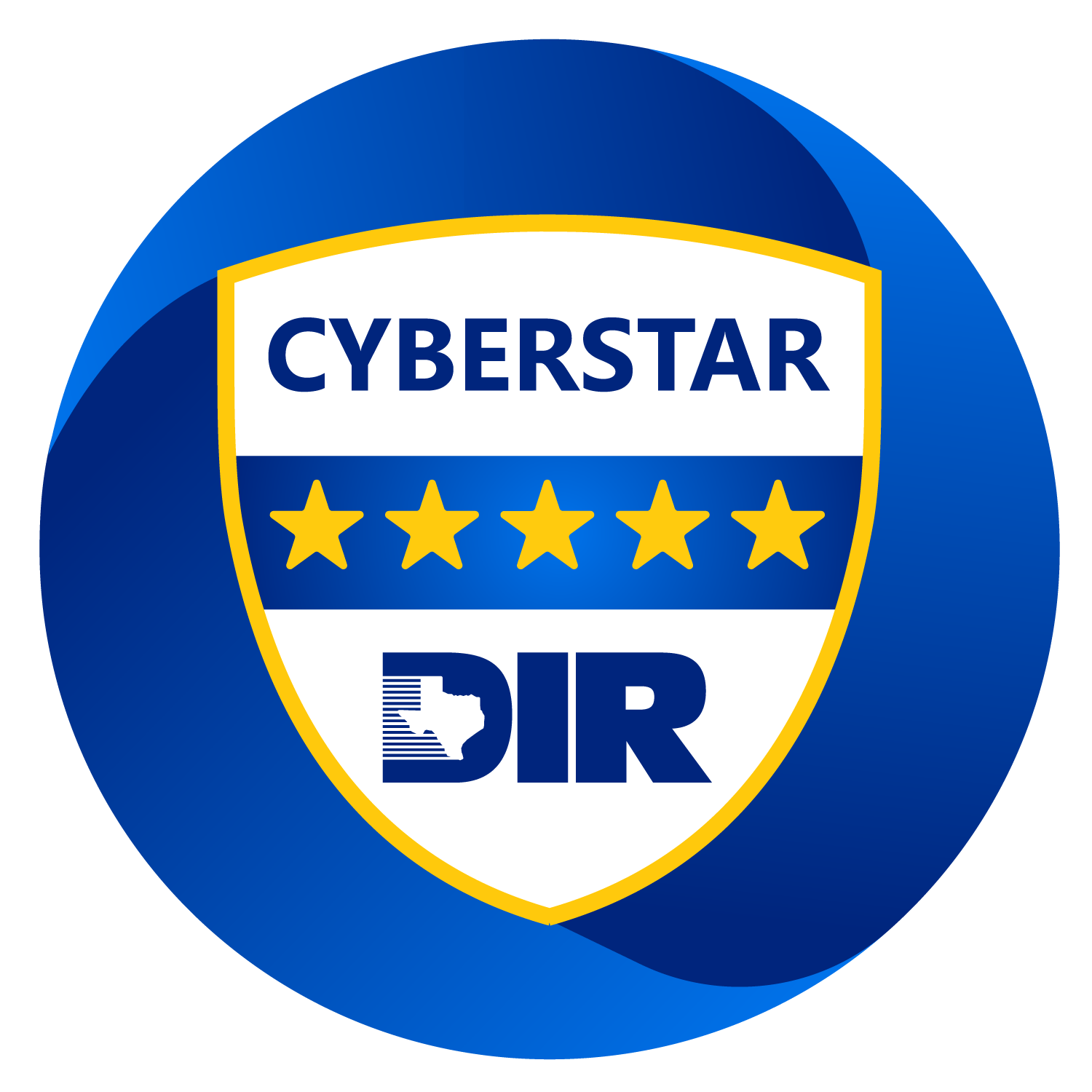The digital battlefield doesn’t discriminate by company size. While major corporate breaches dominate headlines, cybercriminals silently and systematically target small businesses with devastating efficiency. Why? Because they’ve discovered the perfect prey: organizations with valuable data assets but limited security resources. This asymmetry creates a perilous reality where small businesses face sophisticated attacks yet lack the defensive infrastructure of their larger counterparts. The consequences extend far beyond temporary disruption—a significant breach can drain financial reserves, erode hard-earned customer trust, and ultimately threaten a company’s very existence. The most dangerous digital threats confronting your business today aren’t random or unpredictable—they’re systematic, identifiable risks that, once recognized, can be effectively countered with the right protective measures.
Phishing Attacks
Phishing remains the most prevalent entry point for cyberattacks against small businesses. In 2023, nearly 9 million cases of phishing scams were registered worldwide. These deceptive tactics use seemingly legitimate emails, messages, or websites to trick employees into revealing sensitive information or downloading malware. Today’s phishing attacks have evolved beyond obvious grammar mistakes and questionable links—they’re sophisticated, personalized, and increasingly difficult to detect.
To counter phishing threats, implement email security solutions that filter suspicious messages before they reach inboxes. Regular security awareness training is crucial, teaching staff to identify phishing attempts and establish verification protocols for sensitive requests. Enabling multi-factor authentication across all business applications creates an essential second line of defense, even if credentials become compromised.
Malware and Ransomware
Malware refers to malicious software designed to harm devices, steal data, or gain unauthorized access to networks. Ransomware, a particularly aggressive form, encrypts business data and demands payment for restoration. Fileless malware operates entirely in memory, leaving no footprint for traditional antivirus to detect. Particularly devastating are double-extortion ransomware attacks that encrypt data and exfiltrate sensitive information, threatening public release unless additional payments are made.
Protection requires deploying robust endpoint protection across all devices, maintaining secure, tested backups stored offline or in segregated environments, and implementing network segmentation to prevent malware from spreading throughout your entire system. Creating an incident response plan specifically for ransomware scenarios enables faster recovery and minimizes damage when attacks occur.
Weak Password Usage
Weak password practices create easily exploitable security gaps that compromise otherwise well-protected systems. When employees use simple passwords, reuse credentials across multiple services, or share login information, they create vulnerabilities that attackers readily exploit. Credential stuffing attacks automatically test leaked username/password combinations across multiple services, while password spraying attempts use common passwords against many accounts to evade lockout protections.
Implementing a password management solution enables your team to generate, store, and use strong, unique passwords without memorization burden. Establishing a formal password policy creates clear expectations. Also, requiring multi-factor authentication for all business applications ensures that even if passwords are compromised, attackers still cannot access critical systems.
Inadequate Patch Management
Patch management involves installing updates to fix security vulnerabilities on networks, applications, and endpoint devices like laptops and smartphones. When businesses delay these critical updates, they leave known security gaps exposed. Zero-day exploits target newly discovered vulnerabilities before patches are available, while particularly dangerous remote code execution (RCE) vulnerabilities allow attackers to run malicious code without physical access. Web application attacks like SQL injection persist despite being well-understood risks.
Establishing a structured patch management program ensures timely installation of security updates across all systems. Automating the update process minimizes the chance of human oversight. Create a dedicated test environment to verify compatibility before deployment for critical systems requiring updates and testing. Maintaining an accurate inventory of all assets ensures no systems fall through the cracks when distributing updates.
End User Threats
Insiders with system access, like employees, contractors, and former staff, often pose greater security risks than external attackers. A 2024 survey on the global distribution of threat actors found that 47.35% are internal. Whether through negligence (mishandling sensitive data), ignorance (bypassing security protocols), or malice (deliberately sabotaging systems), authorized users can bypass security barriers with ease. Third-party vendors and former employees with lingering access privileges create particular vulnerabilities that traditional security tools often overlook.
Organizations can mitigate these risks by implementing strict access controls based on job requirements, deploying user activity monitoring, conducting regular access audits, and creating comprehensive offboarding procedures. Perhaps most critical is fostering a security-positive culture that treats protective measures as essential rather than obstacles to productivity. When security awareness becomes ingrained in organizational culture, human vulnerabilities significantly decrease.
Minimize Cybersecurity Risks with Cynergy Tech!
With over forty-two years of experience, Cynergy Technology specializes in creating custom network security solutions specifically designed to fit the unique needs of small businesses. Our comprehensive network security services include advanced threat monitoring, security awareness training, endpoint security, and vulnerability management—all overseen by certified security professionals who understand the specific challenges smaller organizations face in today’s threat landscape. Whether your organization needs to build a security strategy from the ground up or implement adjustments to your current solutions, Cynergy is here to help you improve your cybersecurity posture. Ready to get started? Contact us today for your free consultation!







